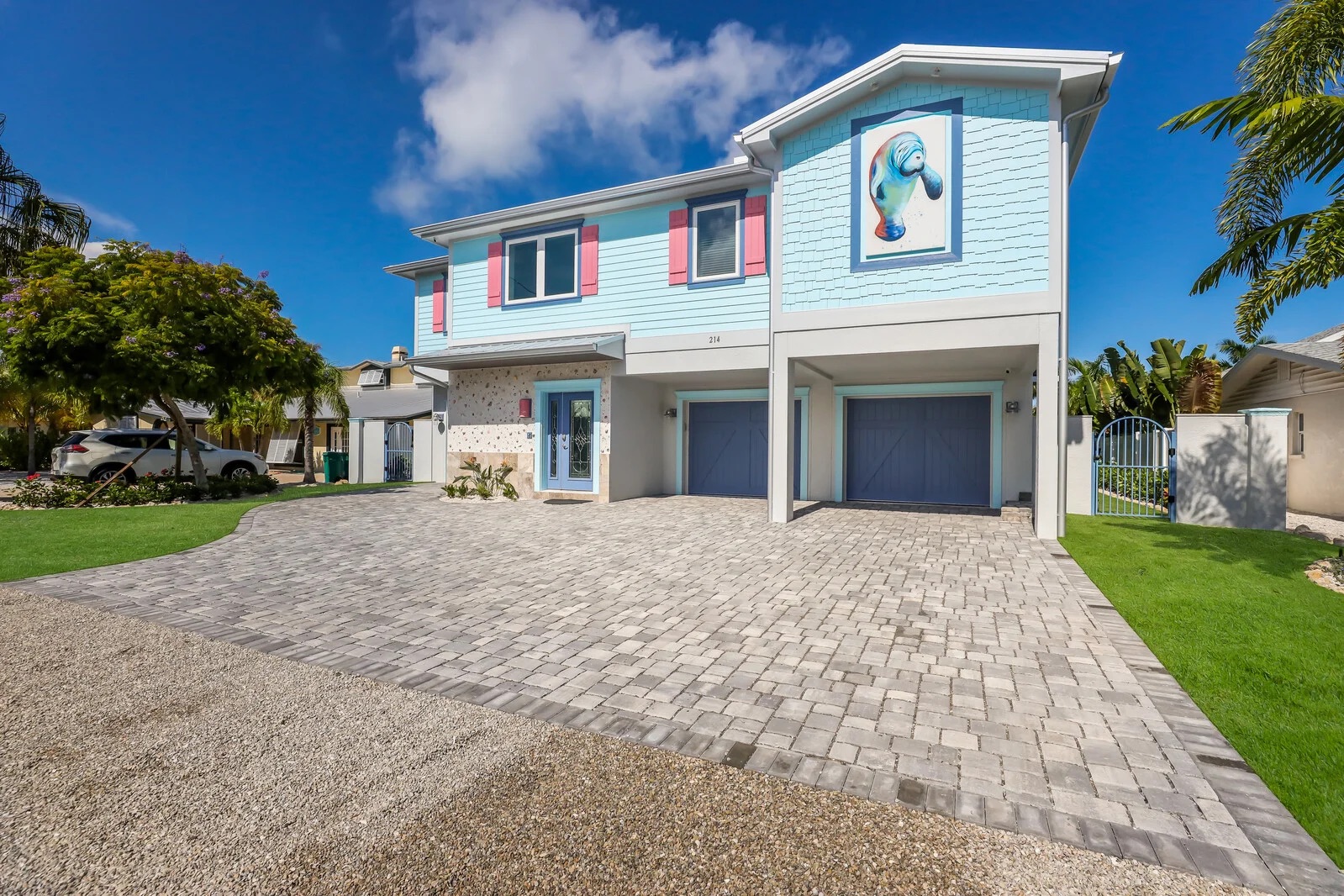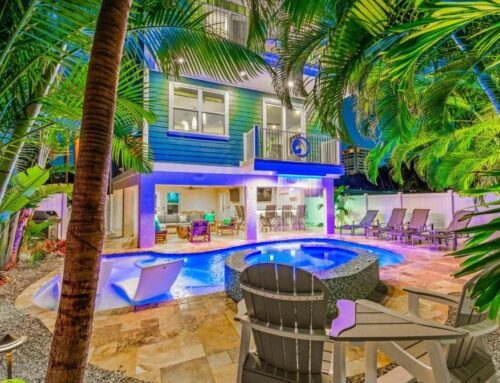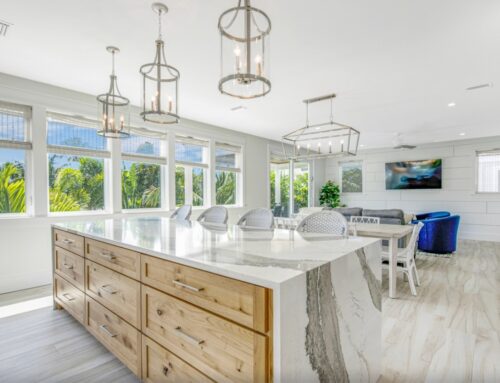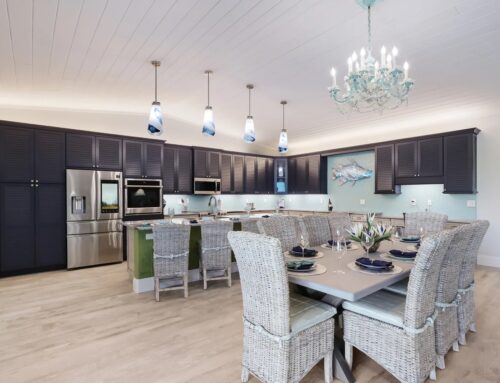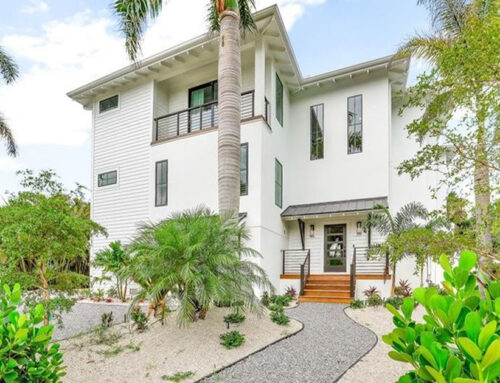When building a dream home in Florida, homeowners have a lot of choices to make. In addition to colors, finishes, and fixtures, home builders have to consider the unique climate here in the Sunshine State when choosing materials and making style decisions. In this article, we’ll take a look at our demanding climate and how to incorporate the right materials and design to accommodate our temperamental Florida weather.
9 Design Elements to Address Florida Weather
- Let the Sun Shine: Once the location is chosen and the floor plan is determined, home builders have to learn about how the sun’s angles will affect the home. Considering where the sun rises and sets in relation to the windows is crucial, as natural light should be abundant, but direct sunlight in bedrooms or living rooms can become overwhelming.
- Smart Roofing: All new roofs will protect against Florida weather and heat, but each type has its own benefits. Asphalt roofs are more affordable but don’t last as long as tile or clay roof tiles. Metal roofing is often cited as the most durable and weather-resistant, but can be out of budget for some.
- Window Coverings: Well-designed window coverings will cut down on heat and keep utility bills lower – not to mention protect flooring and furniture from fading under the sun’s rays. Blinds and curtains are a good start, but homeowners may wish to add awnings and shutters as well, keeping A/C in and heat out.
- Proper Insulation: Good insulation is a requisite for a home in Florida weather, especially on the roof. Insulation is vital for maintaining a cooler house in the warm months and keeping the warmth in during our cooler months.
- Air Conditioning: A recent study of homebuyers across the country revealed that the number one feature buyers looked for in a home was central air conditioning. That isn’t a problem in Florida, as the majority of homes have an A/C system installed. Consider adding ceiling fans to both indoor and outdoor areas as well to keep things cool as temps heat up.
- Efficient Airflow: When designing your new custom home, ask your architect about how cross-ventilation can be optimized. A steady airflow throughout the home when windows or doors are opened will assist with cooling and ventilation. Therefore window and slider placement should be carefully planned.
- Avoid Stack Effects: A stack effect takes place when hot air rises inside a building, resulting in significant energy waste in homes with high ceilings or multiple floors. Installing high-level windows under the ceiling line or building internal atriums can prevent this phenomenon from occurring.
- Create Outdoor Areas: Florida weather is highly conducive to utilizing outdoor rooms during much of the year – as long as you integrate appropriate shading into the design (such as awnings or roller blinds). Doing so can guarantee this space becomes a cool oasis for your family and friends.
- Integrate Creative Landscaping: Florida weather guarantees beautiful flora throughout the year, and our trees and flowers can also keep our homes naturally shaded. Planting greenery and trees offers relief from incessant rays, protecting the interior and keeping it cool.
Hire An Experienced Professional Architect
It is important to choose an architect and builder who can provide you with the expertise you need – not only to build a home that looks beautiful but one that can withstand the harsh Florida weather with ease. When you decide to build your Sarasota home, call the team that uses creativity, innovation, and professionalism to bring your vision to life. Call JTL Studios today to learn more.

